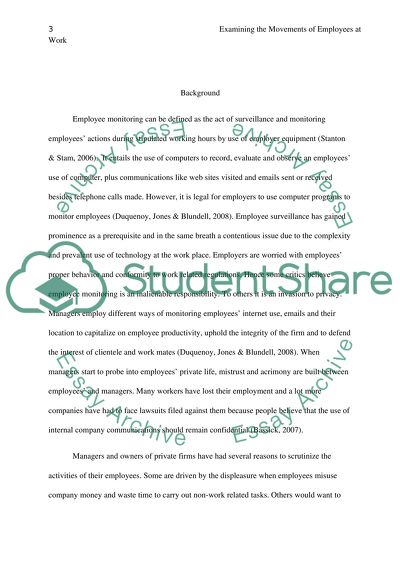Cite this document
(“Examine the Movements of their Employees at Work Essay”, n.d.)
Examine the Movements of their Employees at Work Essay. Retrieved from https://studentshare.org/information-technology/1449149-topic-should-there-be-limits-to-how-managers-and
Examine the Movements of their Employees at Work Essay. Retrieved from https://studentshare.org/information-technology/1449149-topic-should-there-be-limits-to-how-managers-and
(Examine the Movements of Their Employees at Work Essay)
Examine the Movements of Their Employees at Work Essay. https://studentshare.org/information-technology/1449149-topic-should-there-be-limits-to-how-managers-and.
Examine the Movements of Their Employees at Work Essay. https://studentshare.org/information-technology/1449149-topic-should-there-be-limits-to-how-managers-and.
“Examine the Movements of Their Employees at Work Essay”, n.d. https://studentshare.org/information-technology/1449149-topic-should-there-be-limits-to-how-managers-and.


